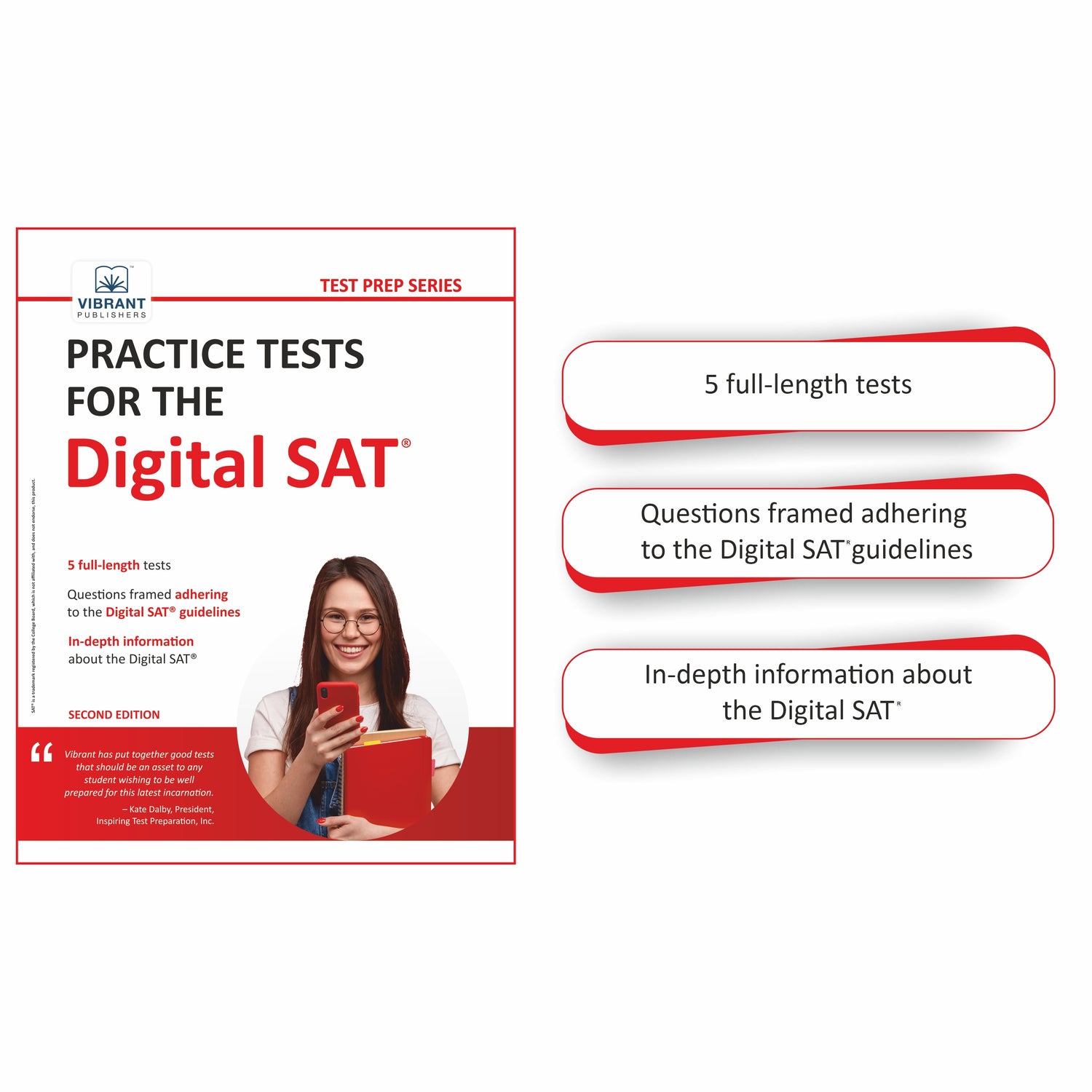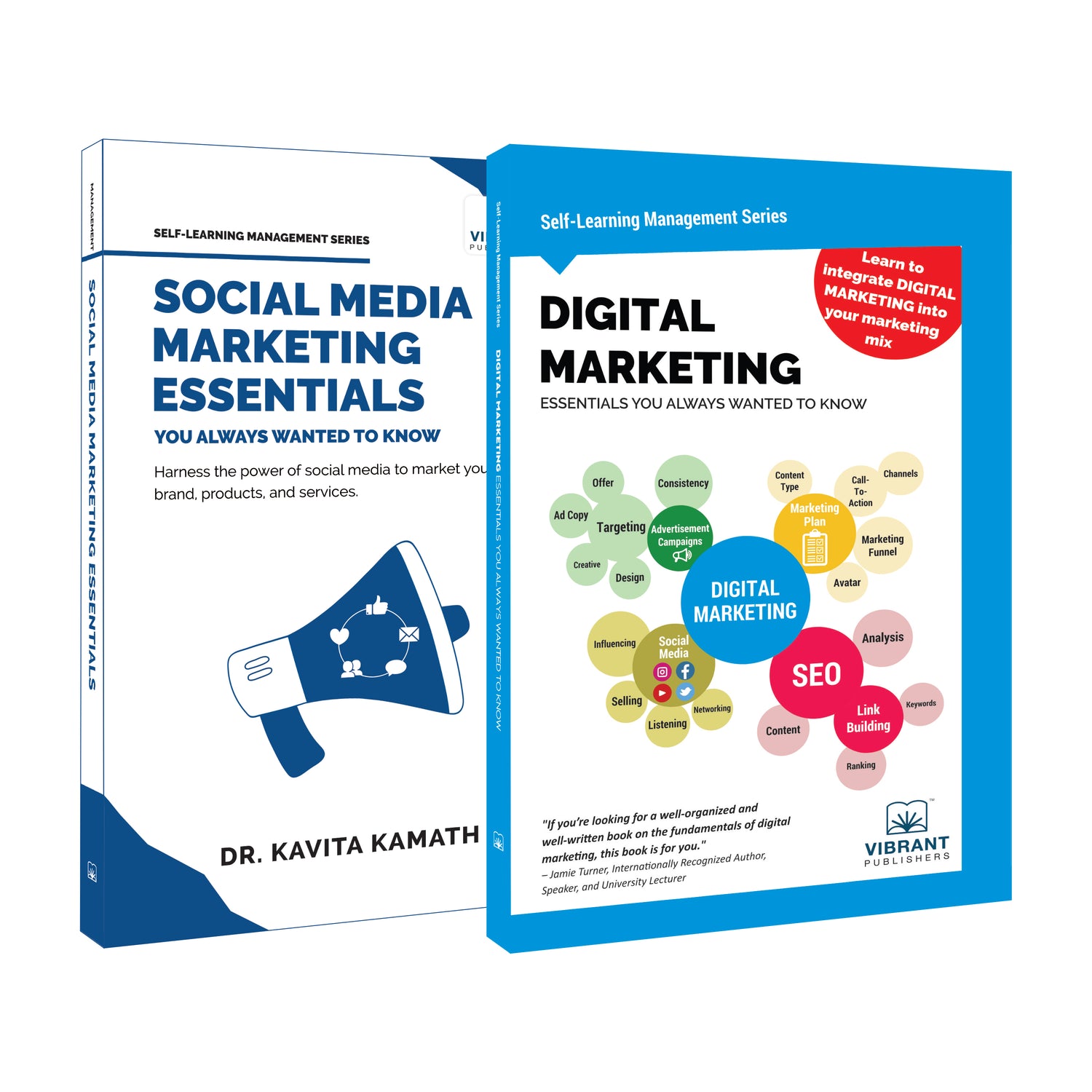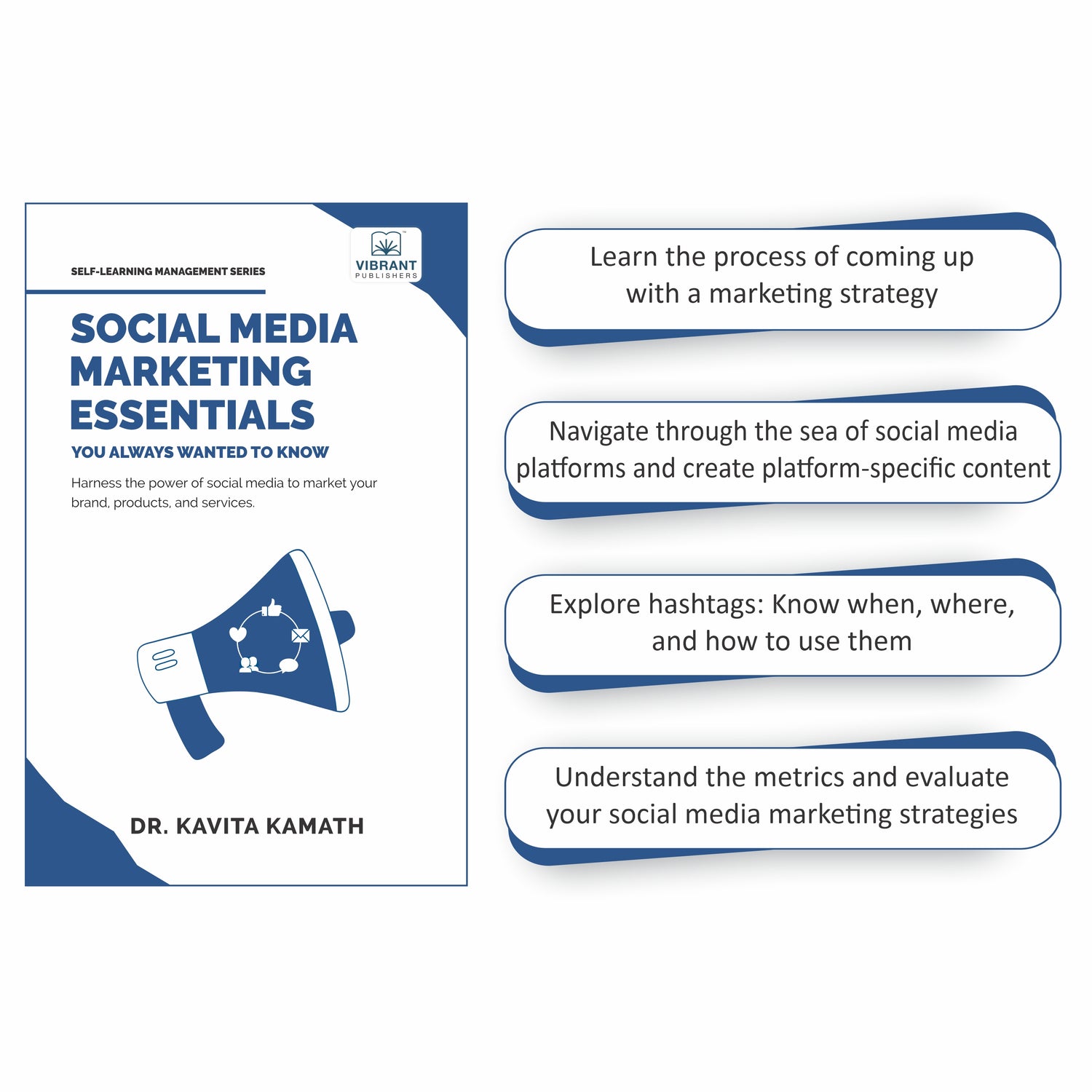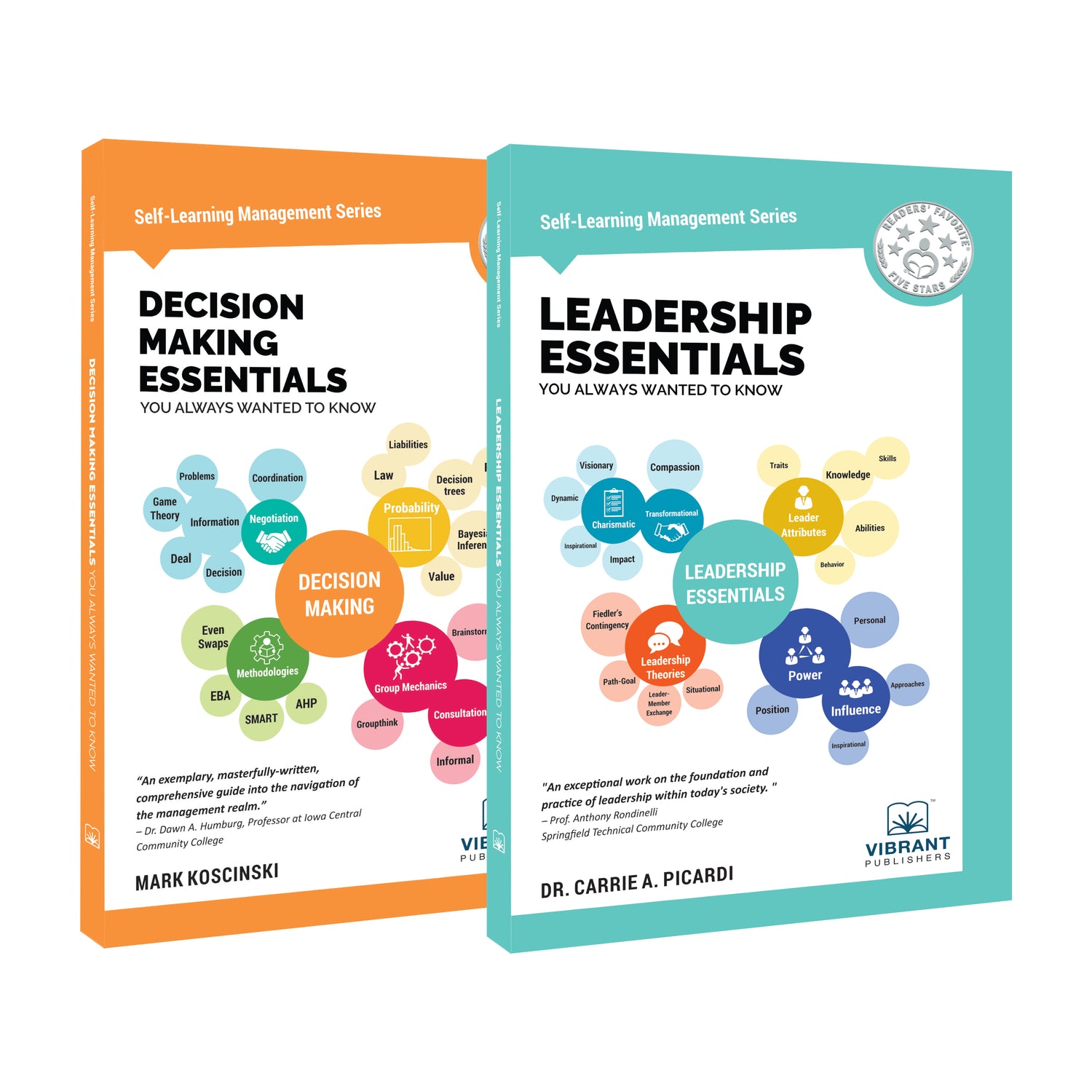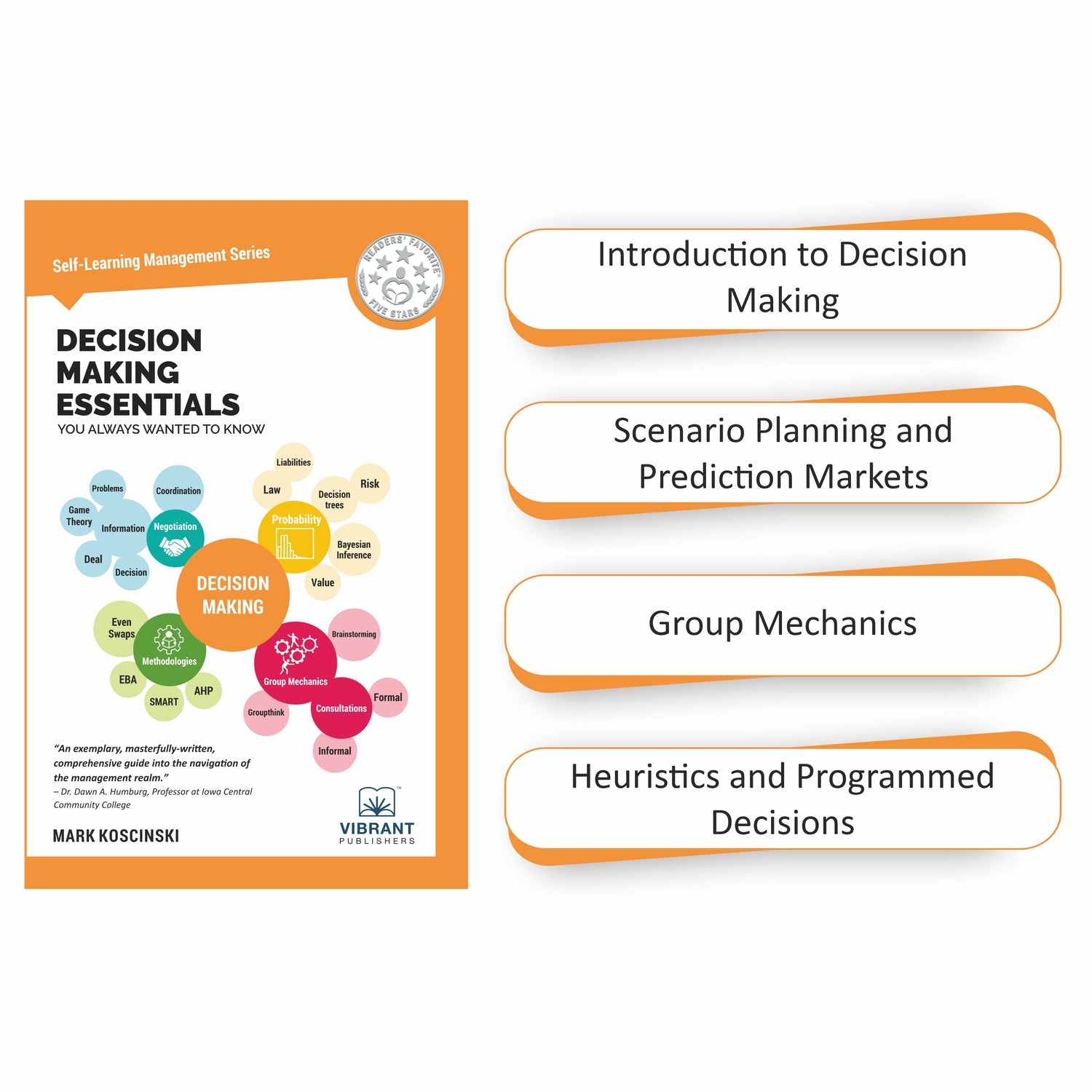Home
-
Blogs on Modern Marketing and Sales
-
A Beginner's Guide to Conversion Rate Optimization (CRO)
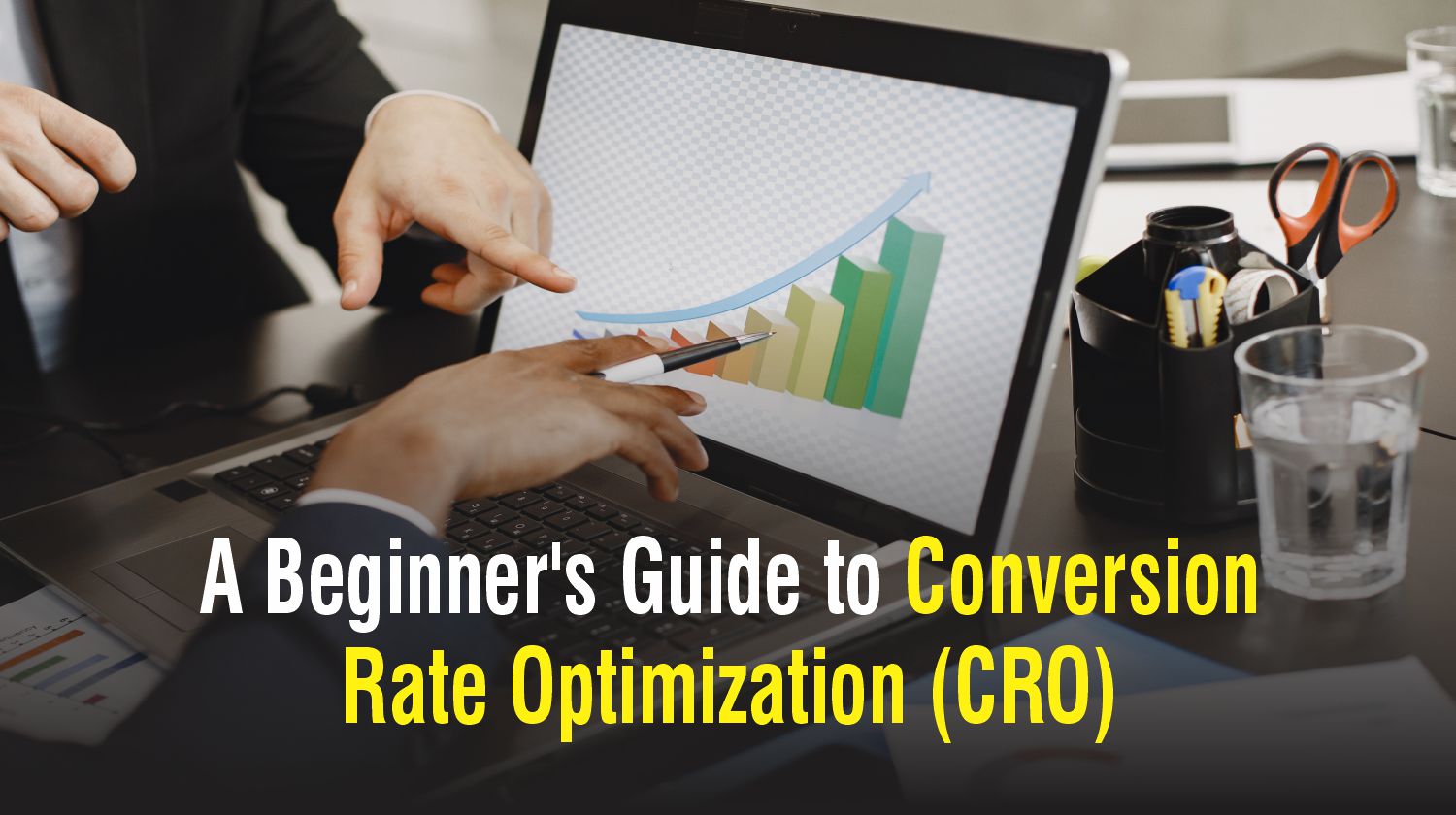
A Beginner's Guide to Conversion Rate Optimization (CRO)
Did you know that in an analysis of search conversion rates distribution, the midpoint of conversion rates was 2.35%, while the top 25% of accounts achieved conversion rates of 5.31% or higher? This means that most accounts fail to convert a majority of their visitors into customers, leaving significant revenue potential untapped.
In today’s competitive digital landscape, driving traffic to your website is only half the battle. The real challenge lies in turning visitors into loyal customers or leads. This is where Conversion Rate Optimization (CRO) comes into play.
This beginner’s guide to CRO will walk you through the fundamentals and best practices to help you unlock the full potential of your website. Let's dive in!

What Is Conversion Rate Optimization (CRO)?
Conversion Rate Optimization (CRO) is the practice of improving the percentage of website visitors who take a desired action. This process involves using analytical techniques in your conversion strategies to help you boost your site conversion rates.
The primary goal of CRO is to increase conversions without necessarily increasing your traffic. By implementing CRO best practices, businesses can enhance user experience. They can streamline the conversion funnel and boost profitability.
Why Is CRO So Important?
CRO is important because it helps you to create more leads and boost your sales using existing traffic. You don’t have to pay any additional money for advertising, because you will be using your existing traffic to create additional revenue.
Key benefits of CRO:
Here’s how CRO can enhance user experience, streamline processes, and maximize ROI:
- Helps you create additional income with the existing traffic: Let’s say you have experienced a 10-percent rise in your conversion rates. The increased ratio will equate to additional income. Thus, 10% of 10,000 leads equals 1000. If you’re selling your product at $50 per download, it means that you’re getting an additional $50 * 1000 new amount of leads, which equals $50,000 of additional income.
- Relegates Cost of Customer Acquisition (CAC): If your landing pages convert visitors at a rate of 15% per 10,000 website visitors per month, you’re gaining 1,500 new leads every month. However, if you optimize your landing page and produce 20% new leads, this will result in an additional 5% percent or 500 leads. By converting more visitors, businesses can spend less on acquiring new customers.
- Let’s you focus on vital web traffic: CRO must be part of your digital marketing strategy because it helps you direct your efforts to the part that matters the most in your marketing campaigns.
How to Perfectly Execute CRO
Follow these steps to fine-tune your process and enhance outcomes:
1. Set goals:
The first step in any successful CRO process is to define SMART goals. Without clear objectives, optimization efforts lack direction.
For instance, optimizing your homepage—a critical gateway for visitors—is a broad goal.
Your homepage goals can be further categorized as:
- Immediate goal: Encouraging on-page form completions
- Campaign-specific goal: Driving clicks on purchase links or lead magnets
- Long-term goals: Improving metrics like lead quality and average order quality.
2. Collect data:
Once your goals are set, the next step is to collect data. Reliable analytics help eliminate guesswork, allowing you to make informed decisions.
Use tools like:
- Google Analytics for site metrics and traffic behavior
- TruConversion to track user sessions and interactions
- Infusionsoft or ConvertKit to analyze email performance and customer data
3. Examine data and build a hypothesis:
For a successful CRO, you must use the relevant data you’ve collected to build effective optimization strategies.
Examine your data and determine:
- Your conversion rate by using Customer Relationship Management (CRM) insights or analytics data
- The cause of low conversion rate by analyzing user behavior data
- “Why” and “How” the cause comes about by building a hypothesis.
4. Implement test technology:
Once you have all your variables set, leverage the technology necessary to make the changes you are testing. You need the right technology to complete this process. Some tools you can use are Google Analytics and Visual Website Optimizer.
5. Run and monitor tests:
Tests should run long enough to achieve statistical significance. This means determining that the results are reliable and not due to chance. To confirm this:
- Ensure adequate traffic and conversion events.
- Monitor key metrics like conversion rate, bounce rate, and session duration.
If a test underperforms, stop it, identify the problem, and iterate. For example, if Variation A generates a higher bounce rate, revisit the design or copy to address user concerns
6. Analyze data:
The final stage involves analyzing test outcomes and leveraging insights for future campaigns. Create a detailed report including:
- Test name and duration
- Metrics and variations tested
- Results: Did the test achieve a lift, loss, or null outcome?
For example, if simplifying your checkout process increases conversions by 15%, apply similar principles to other pages, like registration forms or product landing pages.
Did you know that 38.6% of marketers say a “video” is the #1 landing page element that impacts conversion?

Your Path to CRO Success
CRO is essential for any business looking to maximize the value of their website traffic. By understanding and implementing CRO best practices, and avoiding common pitfalls, you can significantly increase your website’s performance. To master the art of CRO and explore a wealth of other digital marketing strategies, dive into Digital Marketing Essentials by Vibrant Publishers.
Remember, CRO is an ongoing process. You must constantly analyze your results, test new ideas, and iterate to ensure you’re getting the most out of every visitor!
This blog is written using excerpts from “Digital Marketing Essentials You Always Wanted to Know” published by Vibrant Publishers.
Share



